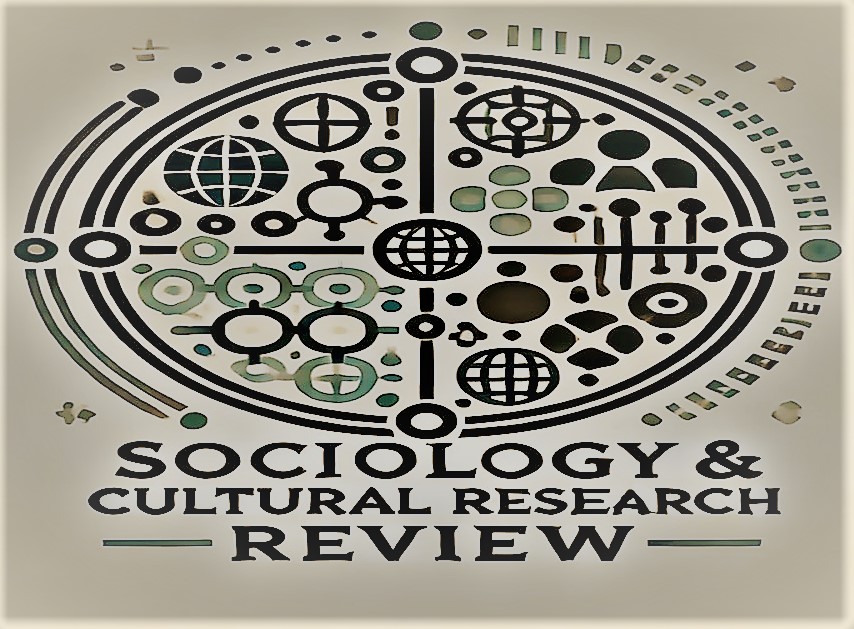Framing of the Pakistan–Afghanistan Border Conflict in Pakistani Media: A Critical Discourse Analysis
Abstract
The paper looks at the ways in which the Pakistani media covered the October 2025 Pakistan-Afghanistan border confrontation and its consequences, which are analyzed through the prism of critical discourse analysis (CDA) conducted on secondary sources (editorials, news stories, and some op-eds by major Pakistani media). This paper defines these frames and knows dominant ones as security/threat, state sovereignty, victimhood and moral righteousness, externalization of blame, and humanitarian displacement, demonstrates how words, use of sources, metaphor, and intertextual reference form a specific national narrative. Results indicate the mainstream Pakistani reporting highlighted a securitized, state-centered frame, which justified the military reactions. Policy recommendations are to foster pluralistic media discourses, enhance contextualization of cross-border causality in reporting, and foster journalistic training on conflict sensitive reporting.
Keywords: Pakistan-Afghanistan Border Confrontation; Media Framing; Critical Discourse Analysis (CDA); Pakistani Media; Securitization; State Sovereignty




